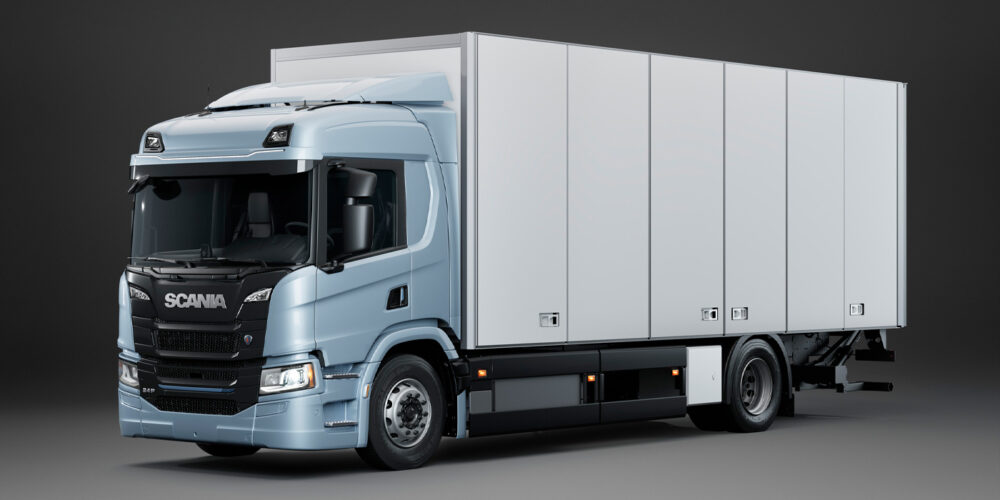Change is a constant. Never has this been more obvious than in the increasing diversity of vehicle sizes and the configurations and the service conditions they are expected to endure. The days of a typical trucking fleet composed of just linehaul tractors and smaller delivery trucks are rapidly disappearing. Truck brands, many new to the North American market, smaller and more efficient diesels, chassis weights and configurations scaled back to perform needed tasks with reduced tare weights (not simply smaller versions of larger models), have become the norm. Increased emphasis on driver comfort, softer ride and high cube medium-duty trucks have also resulted in many updated suspension systems.
Some of these vehicles rely on added sway bars, suspension travel limiters, separate overload/auxiliary springs, etc., for suspension control. Also, service conditions that create unusually high center of gravity loadings, such as utility service or bucket trucks, onboard unloading cranes, and smaller sized, narrower track dump trucks used for landscaping and road maintenance tasks, can create stability and handling characteristics different from past experience. Many of these factors warrant a closer look at proper tire selection.
When selecting tires for trucks, a number of general guidelines that influence tire ride and handling properties should be understood:
• Lower profile tires (shorter sidewalls and wider section widths) tend to have more lateral stability. This is sometimes accompanied by a slightly harsher ride. However, this is sometimes not noticeable, mostly due to the higher inflation pressures (relative to auto and light truck tires).
• Wider rims tend to provide greater lateral stability. While often rim width choices are not available on Class 8 trucks, some smaller vehicles may offer options. It’s generally advisable to spec’ the wider rim available for the tire size selected and always avoid purchasing narrower replacement rims/wheels than those fitted as OE.
• Tread depth can affect driver-perceived stability. Shallower tread (including worn) tires often “feel” more stable than deeper treads. Linehaul tire offerings are generally axle specific, with one of the biggest differences being tread design and tread depth. Very deep drive tires can sometimes cause a feeling of instability. Examples are dump trucks, utility service vehicles, commercial conversion vans, and some P&D vehicles, especially when the tires are new. Shallower tread designs may improve stability, yet still achieve acceptable mileages and provide marginal fuel economy improvement as a bonus. Also note that objectionable “feel” of this type may sometimes improve after only a small amount of tire wear.
• Truck track width can also cause issues. This is most apparent when new trucks are downsized and therefore have different track widths from the units being replaced. Some highway maintenance dump trucks provide good examples of this, especially when operated on roads that are asphalt paved or overlaid. Ruts or troughs created by heavy larger truck traffic may cause instability perceptions by drivers who are unaware of this phenomenon.
• Overall truck handling, especially on smaller and mid-sized models, can be affected by the compatibility, or balancing, of stability properties on both front and rear axles/suspensions/tires/wheels. Proper cargo load distribution is especially important on downsized trucks. Some newer vehicles include sway bars, lateral locating links, and jounce/rebound limiting shock absorbers as integral parts of the suspension system. Although not normally found on current Class 8 trucks, these components are important maintenance items and must be checked regularly.
These examples illustrate that some new truck models and configurations can present more complexity in achieving optimum tire and wheel selection. Truck manufacturer sales engineers, tire engineers and other qualified individuals are available to assist users in the selection process. Their help may be necessary when truck chassis are being fitted with specialty bodies, equipment or modifications designed to excel in unique service conditions.













